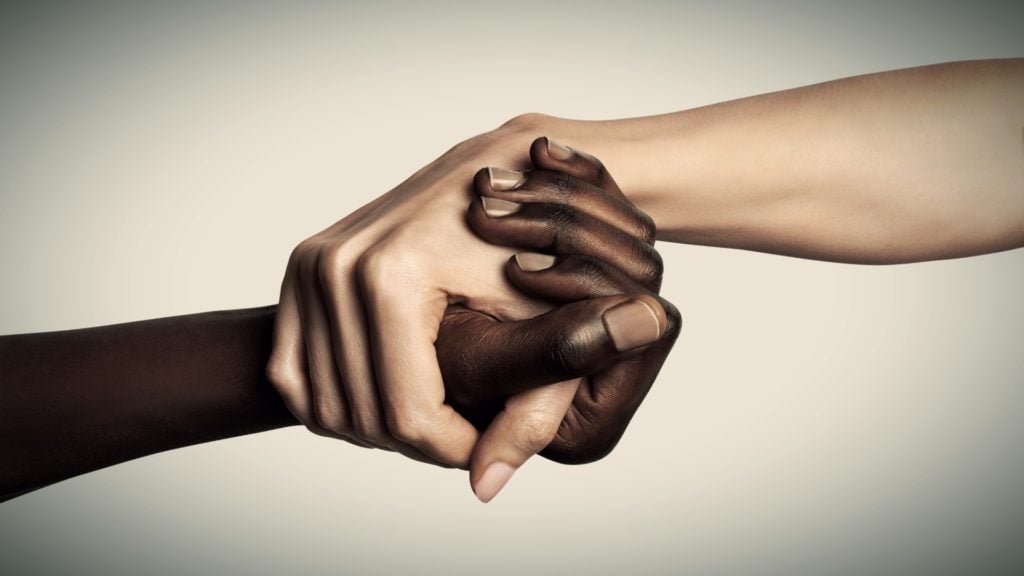Helping Hands – The amazing friendship between Hebrew and Chinese
Meet the Chinese character for friendship. It is written 友 and pronounced yǒu in standard Mandarin Chinese (sounds more like ‘yo’ than ‘you’). Though it is not so easy to see it today, this character was originally a pictograph of two hands. Since shaking hands as a form of greeting probably was not a thing […]
Helping Hands – The amazing friendship between Hebrew and Chinese Continue Reading


